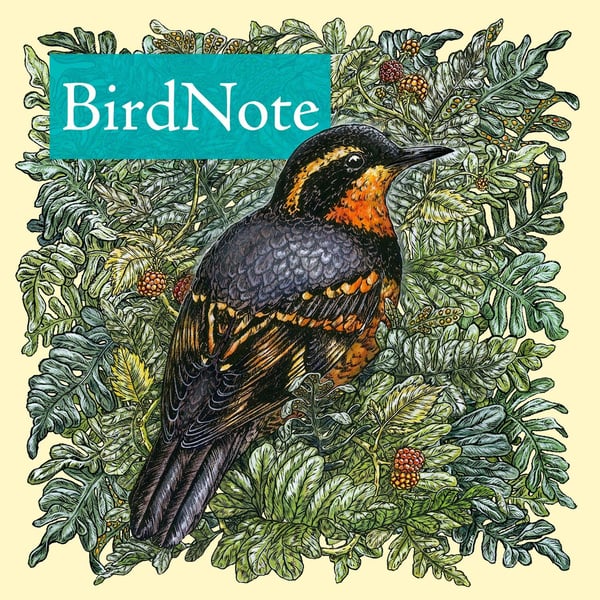Birds in Art Through the Ages
BirdNote Daily
BirdNote
4.6 • 1.2K Ratings
🗓️ 30 July 2024
⏱️ 2 minutes
🧾️ Download transcript
Summary
Transcript
Click on a timestamp to play from that location
| 0:00.0 | This is bird note. |
| 0:05.0 | Birds were one of the earliest subjects for human artists. A cave painting in France over 30,000 years old |
| 0:16.8 | shows the unmistakable outline of an owl. It has a large head with ear tufts that appears to be turned all the way around on the bird's body |
| 0:27.2 | showcasing the range of motion an owl's neck has. |
| 0:31.6 | Maybe the artist was inspired by these surprising abilities of birds, much like we are at |
| 0:37.2 | Bird Note, tens of thousands of years later. |
| 0:44.0 | Cave drawings of birds typically showed perching or flightless birds, |
| 0:49.0 | maybe because people could get a better look at their shapes |
| 0:52.0 | compared to birds in the sky. |
| 0:55.0 | Ancient Egypt was the first place where flying birds appeared consistently in artwork. |
| 1:01.0 | paintings on Egyptian palaces and tombs feature birds with intricately detailed flight feathers, |
| 1:07.6 | colors and postures, allowing researchers to identify the species thousands of years later. Clearly these |
| 1:15.6 | artists knew their birds. Bird artwork has helped people reflect on the wonders of the natural world for a long, long time. |
| 1:28.0 | It can also let us reconnect with people from long ago through our shared fascination with bird life. |
| 1:35.0 | For Bird Note, I'm Michael Stein. You're going to be. |
Please login to see the full transcript.
Disclaimer: The podcast and artwork embedded on this page are from BirdNote, and are the property of its owner and not affiliated with or endorsed by Tapesearch.
Generated transcripts are the property of BirdNote and are distributed freely under the Fair Use doctrine. Transcripts generated by Tapesearch are not guaranteed to be accurate.
Copyright © Tapesearch 2025.

